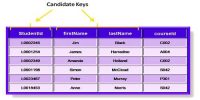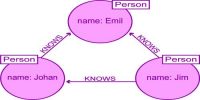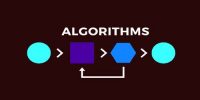Differences between High Level and Low-Level Language
A high-level language is a programming language that enables a programmer to write programs that are more or less independent of a particular type of computer. It does not require addressing hardware constraints when developing a program.
A low-level language is a programming language that deals with a computer’s hardware components and constraints. They are used to write programs that relate to the specific architecture and hardware of a particular type of computer.
The main differences between High-level languages and Low-level languages are, as follows:
High-Level Language
- High-Level Languages are easy to Learn.
- High-level languages are near to human languages.
- Programs in high-level languages are slow in execution.
- Programs in high-level languages are easy to modify.
- High-level languages do not provide many facilities at a hardware level.
- Knowledge of hardware is not required to write programs.
- These languages are normally used to write application programs.
- The main advantage of high-level languages is that they are easier to read, write, and maintain.
Low-Level Language
- Low-Level Languages are difficult to learn.
- Low-level languages are far from human languages.
- Programs in low-level languages are fast in execution.
- Programs in low-level languages are difficult to modify.
- Low-level languages provide facility to write programs at the hardware level.
- Deep knowledge of hardware is required to write programs.
- These languages are normally used to write hardware programs.
- Main Advantage is can make use of special hardware or special machine-dependent instructions
















